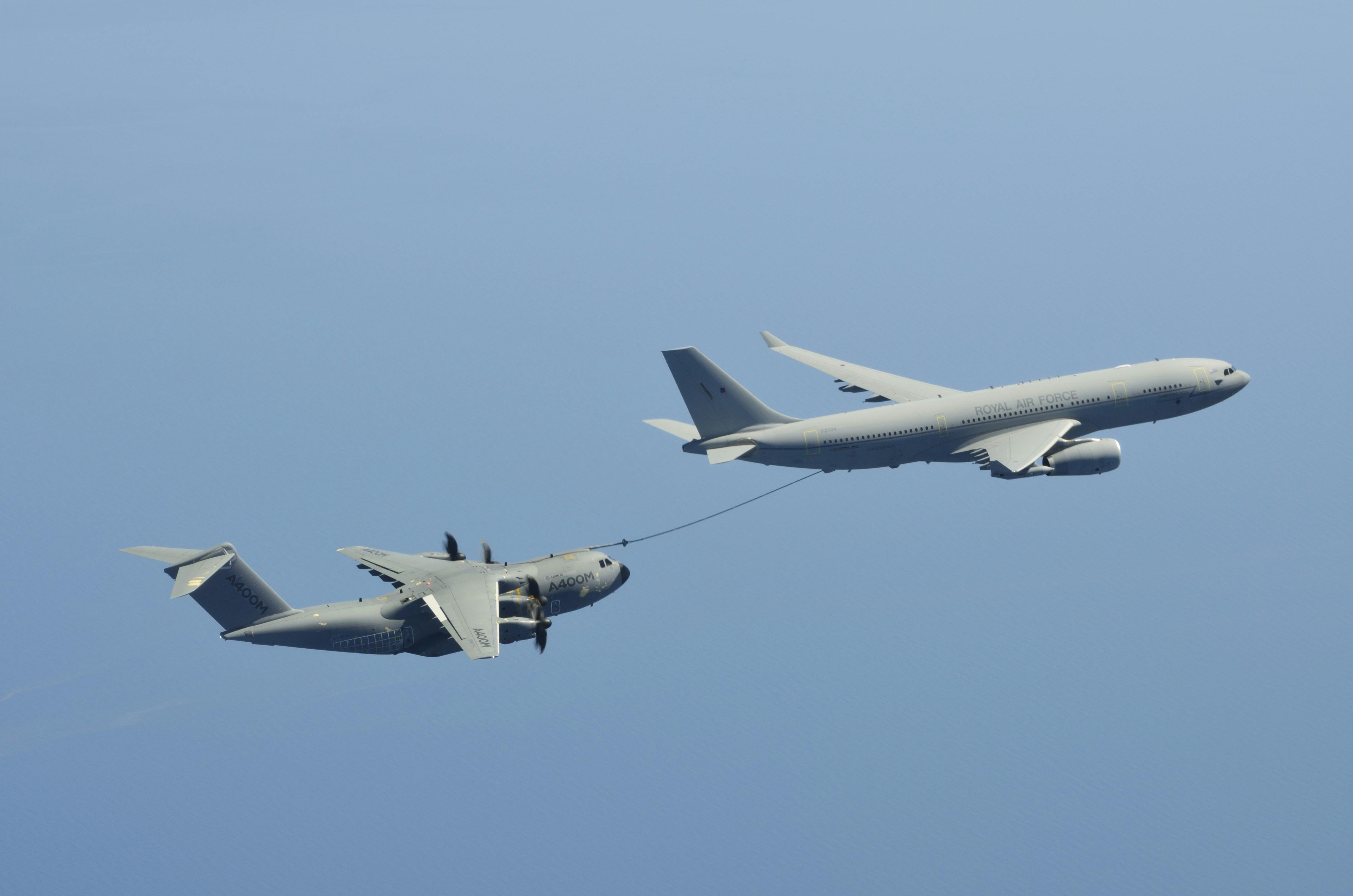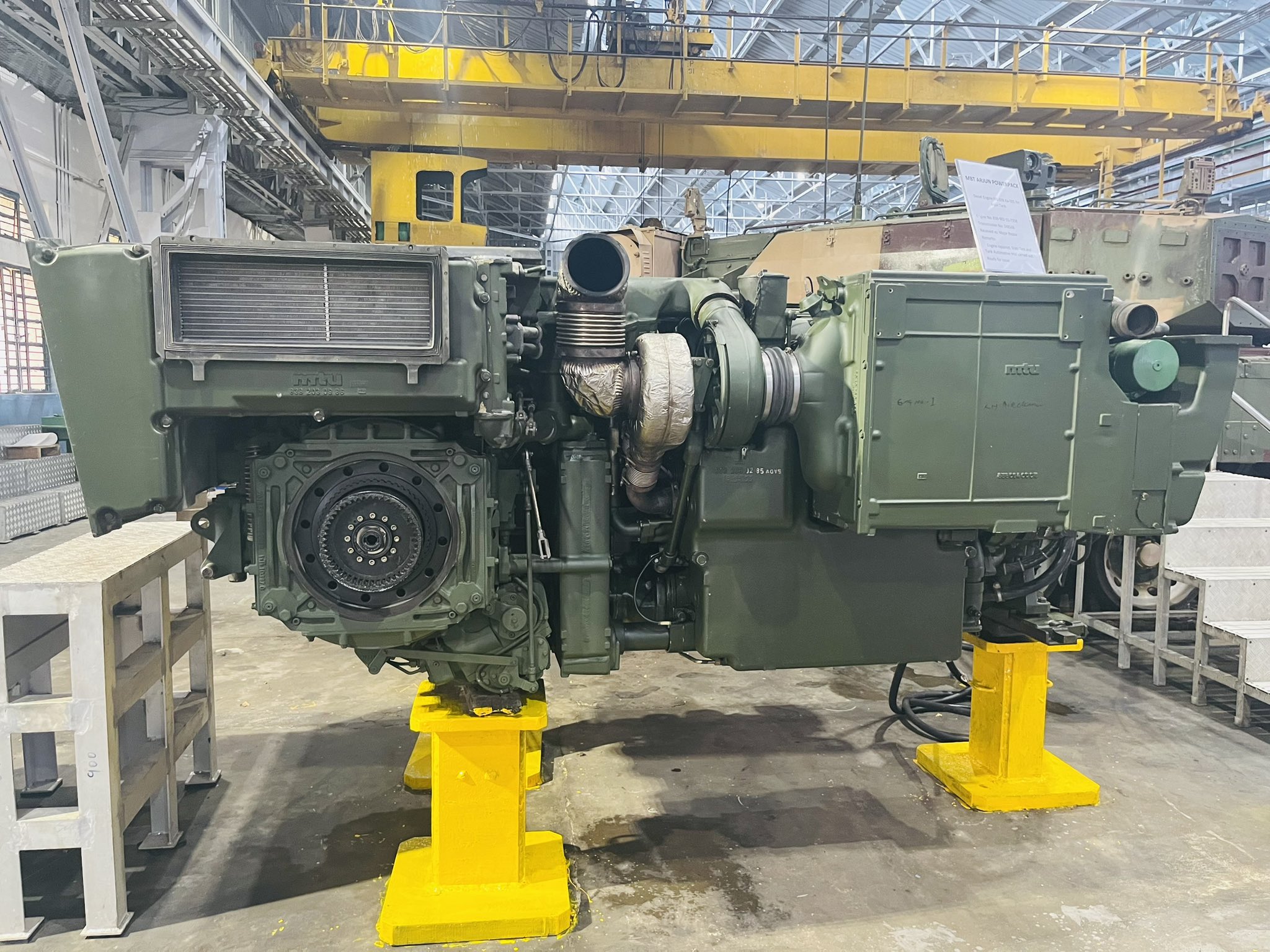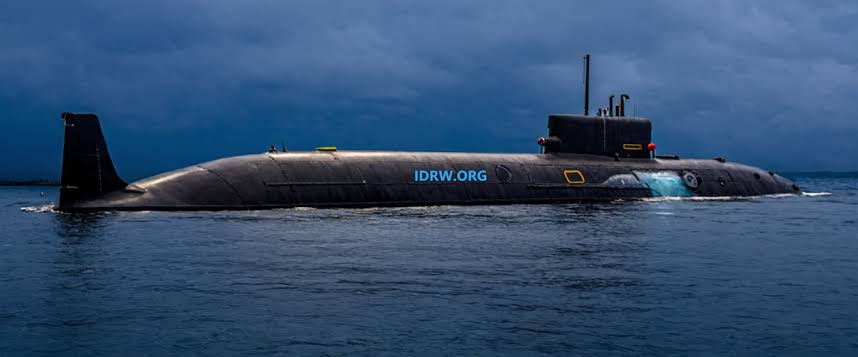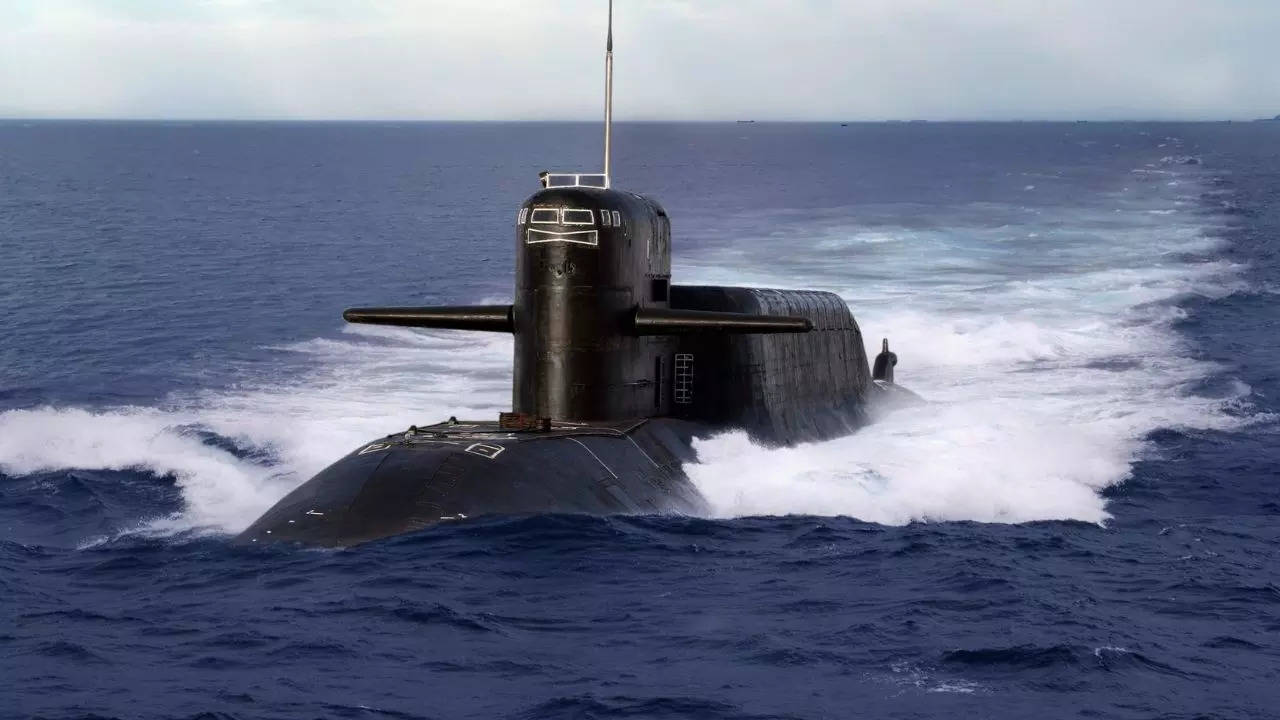admin
SOURCE: IDRW.ORG


In an effort to bolster the defensive capabilities of its armored units, the Indian Army has issued a Request for Information (RFI) for the procurement of Active Protection Systems (APS) for its fleet of T-90S Bhishma tanks. With a focus on enhancing survivability against modern threats, the Army is looking to integrate systems that provide both soft-kill and hard-kill countermeasures against a variety of threats including Anti-Tank Guided Missiles (ATGMs), Kinetic Energy (KE) rounds, and Unmanned Aerial Systems (UAS).
Soft-kill Measures include multispectral smoke grenades and Electro-Optical/Infrared (EO/IR) jammers aimed at blinding or confusing incoming missiles, particularly those that use Semi-Active Command Line of Sight (SACLOS) guidance, which makes up around 70% of current missile threats.
Continue readingSOURCE: IDRW.ORG


In a significant development concerning the safety of India’s indigenous helicopters, investigators have pinpointed a rare failure in the transmission system as the cause behind the crash of an Indian Coast Guard’s Dhruv Advanced Light Helicopter (ALH) in Porbandar on January 5. This revelation comes from two officials closely associated with the ongoing investigation, speaking on condition of anonymity.
The ALH, designed and manufactured by Hindustan Aeronautics Limited (HAL), was involved in a tragic accident that spotlighted potential vulnerabilities in the helicopter’s transmission system. The crash, which occurred during routine operations, prompted immediate grounding of the entire Dhruv fleet for safety inspections.
Continue readingSOURCE: AFI


ideaForge, India’s pioneer and market leader in uncrewed aircraft systems (UAS), will be showcasing its cutting-edge Logistics Platform at Aero India 2025. This high-altitude, all-terrain drone is designed for uncompromised mission delivery in any environment, ensuring reliability both day and night.
The Logistics Platform is engineered to operate autonomously with quick turnaround times, making it a formidable asset in challenging terrains. With interchangeable payloads, it can seamlessly switch between cargo transport, medical evacuation (medevac), and manned missions, redefining robust and dependable performance in aerial operations.
Continue readingSOURCE: AFI


Airbus is set to captivate attendees at Aero India 2025 with an impressive showcase of its cutting-edge aerospace solutions, including the A330 Multi-Role Tanker Transport (MRTT), the A400M Transporter, and the H125 Helicopter. This year’s event, scheduled to take place in Bengaluru, will highlight Airbus’s commitment to advancing India’s aerospace, defense, and security sectors.
The A330 MRTT will be a focal point at the exhibition, demonstrating its dual role as both an aerial refueling tanker and a strategic airlifter. With its ability to refuel multiple aircraft simultaneously, enhance operational range, and transport troops or cargo, the MRTT is pivotal for operations in extended missions. Its presence at Aero India underscores Airbus’s focus on strengthening military logistics and operational flexibility.
Continue readingSOURCE: AFI


The iconic B-1B “Lancer” supersonic bomber, known for its formidable presence in the skies, is set to make a triumphant return to Aero India in 2025. This time, the U.S. Air Force has confirmed that the “Lancer” will not only be part of the static display but will also dazzle attendees with aerial demonstrations, highlighting its capabilities and reaffirming the strengthening defense ties between the United States and India.
The B-1B Lancer, affectionately nicknamed “The Bone” (a play on B-One), is a long-range, multi-mission bomber capable of carrying out missions worldwide from its bases in the United States or forward-deployed locations. Its capability to deliver both conventional and, in the past, nuclear payloads makes it a versatile asset in the U.S. Air Force’s inventory.
Continue readingSOURCE: AFI


In a firm stance on maintaining the integrity and accuracy of military equipment testing, the Indian Army has rejected repeated requests from companies to conduct critical ballistic tests at a police laboratory. Instead, the Army insists on using the time-tested facilities of the Defence Ministry, specifically the Terminal Ballistics Research Laboratory (TBRL).
Over the past year, the Defence Ministry has encountered numerous instances where companies involved in supplying military gear, like bullet-proof jackets and helmets, have sought to conduct their ballistic tests at alternative locations, particularly police laboratories. This trend has sparked a debate on the standardization and reliability of testing procedures for military equipment.
Continue readingSOURCE: AFI


Armoured Vehicles Nigam Limited (AVNL), a cornerstone in India’s defense manufacturing sector, is set to make a significant impact at Aero India 2025. The premier biennial air show, scheduled to take place in Bengaluru, will witness AVNL showcasing the unparaded engines of both the T-90 and Arjun Main Battle Tanks (MBTs), highlighting India’s strides in indigenous defense technology.
AVNL, established as part of the restructuring of the Ordnance Factory Board, has been at the forefront of producing armoured vehicles for the Indian Armed Forces. The Aero India event will provide a platform for AVNL to unveil the intricacies of the engines that power some of the most formidable tanks in the Indian military arsenal.
Continue readingSOURCE: RAUNAK KUNDE / NEWS BEAT / IDRW.ORG


In a significant move to bolster its naval capabilities and foster international collaboration, France has expressed keen interest in partnering with India for the co-development of its next-generation nuclear-powered aircraft carrier. This project aims to construct a ship with a displacement of around 75,000 tonnes, scheduled for delivery in the late 2030s.
The proposed carrier will measure approximately 305 meters in length and have a maximum beam of 79 meters, with some sources mentioning a potential displacement of up to 78,000 tonnes. The flight deck and sponsons will extend significantly beyond the main hull, which has a waterline beam of 39 meters, providing ample space for operations.
Continue readingSOURCE: RAUNAK KUNDE / NEWS BEAT / IDRW.ORG


After enduring more than 9 months of delay, the Indian Army has been met with further setbacks in its eagerly awaited acquisition of AH-64E Apache attack helicopters. Originally slated for delivery in May and then rescheduled for December 2024, these helicopters are now anticipated to start the company’s Internal flight trials only in March 2025, as per a defence source close to idrw.org that means it might take another 2-3 months before it is handed over to Indian Army.
The procurement deal, valued at approximately $800 million, was signed in February 2020, marking a pivotal moment in the modernization of the Indian Army’s aviation capabilities. The first batch of three out of the six AH-64E Apaches was supposed to be a significant boost to the Army’s aerial attack fleet. However, Boeing was unable to meet the December deadline due to global defence supply chains.
Continue readingSOURCE: RAUNAK KUNDE / NEWS BEAT / IDRW.ORG


The Indian Navy’s latest strategic asset, INS Aridhaman, is on the brink of being formally inducted into service, with sources indicating a potential commissioning post mid-2025. According to reports from idrw.org, the submarine has been under rigorous trials for nearly three years, signaling a significant step forward in India’s naval capabilities, particularly in the realm of underwater deterrence.
INS Aridhaman, which is part of the Arihant-class of nuclear-powered ballistic missile submarines (SSBNs), has undergone extensive sea trials to ensure it meets the stringent demands of stealth operations, nuclear safety, and missile deployment capabilities.
Continue readingSOURCE: AFI


In a strategic pivot, the Indian Ministry of Defence (MoD) has decided against procuring a third aircraft carrier for the Indian Navy, opting instead to enhance its underwater capabilities through an expanded nuclear submarine fleet. This decision marks a significant shift in naval strategy, focusing on stealth, deterrence, and long-range strategic operations.
The decision comes at a time when India is reassessing its defense priorities amidst growing regional tensions, particularly in the Indo-Pacific region where China’s naval expansion is a major concern. The Indian Navy has been vocal about the need to balance its force projection capabilities against the backdrop of evolving threats.
Continue readingSOURCE: AFI


In a significant stride towards enhancing its military surveillance and strike capabilities, India is set to receive the first batch of 31 MQ-9B High Altitude Long Endurance (HALE) drones from the United States in 2029. This development, which comes after years of negotiations and agreements, underscores the deepening strategic partnership between New Delhi and Washington in the realm of defense technology.
The acquisition, valued at nearly $3.5 billion, was formalized under the U.S. Foreign Military Sales (FMS) program. This deal was one of the outcomes of high-level discussions between Indian and U.S. leadership, aiming to fortify the security apparatus of both nations in the Indo-Pacific region. According to the agreement, the delivery of these advanced unmanned aerial vehicles (UAVs) will span from January 2029 to September 2030, with the initial drone landing on Indian soil marking a new chapter in military technology transfer.
Continue readingSOURCE: AFI


DJ Propulsion has officially announced its participation in the upcoming AeroIndia 2025, marking a significant milestone for the company and India’s aerospace industry. The event will showcase DJ Propulsion’s cutting-edge jet engines, highlighting the progress made in domestic engine manufacturing.
Reflecting on the journey, DJ Propulsion’s founder emphasized the challenges faced during the initial stages. “When I started, there was literally no one making jet engines in India’s open market. I was desperate to partner with someone—anyone—just to see these beasts run. PSUs? Good luck getting access,” he remarked.
Continue readingSOURCE: AFI


The Indian Navy has found itself at the center of a controversy after it inadvertently featured an American F-16 fighter jet in one of its promotional videos, instead of the Russian-made MiG-29K, which is actually in service with the Indian naval aviation. The mistake, described by many as an embarrassing oversight, has sparked a wave of criticism and jest on social media platforms and among defense analysts.
The promotional video, meant to showcase the prowess and capabilities of the Indian Navy, included footage of various naval assets. However, eagle-eyed viewers quickly pointed out the inclusion of the F-16, a multirole fighter aircraft designed and manufactured by Lockheed Martin for the U.S. Air Force, which has never been part of the Indian Navy’s fleet.
Continue readingSOURCE: IDRW.ORG


Bharat Electronics Limited (BEL), one of India’s premier defense electronics companies, has confirmed that it is progressing on schedule with its supply commitments for components destined for the 83 Light Combat Aircraft (LCA) Tejas Mk IA aircraft under contract with Hindustan Aeronautics Limited (HAL). Moreover, BEL expresses optimism regarding securing an additional order for 97 more Tejas aircraft, signaling a robust outlook for the future.
BEL has stated that there are no delays in fulfilling the contract for supplying critical avionics systems, line replaceable units (LRUs), and other electronic components for the LCA Tejas Mk IA. This includes systems like the Digital Flight Control Computers, Air Data Computers, and various sensors crucial for the aircraft’s operation.
Continue reading